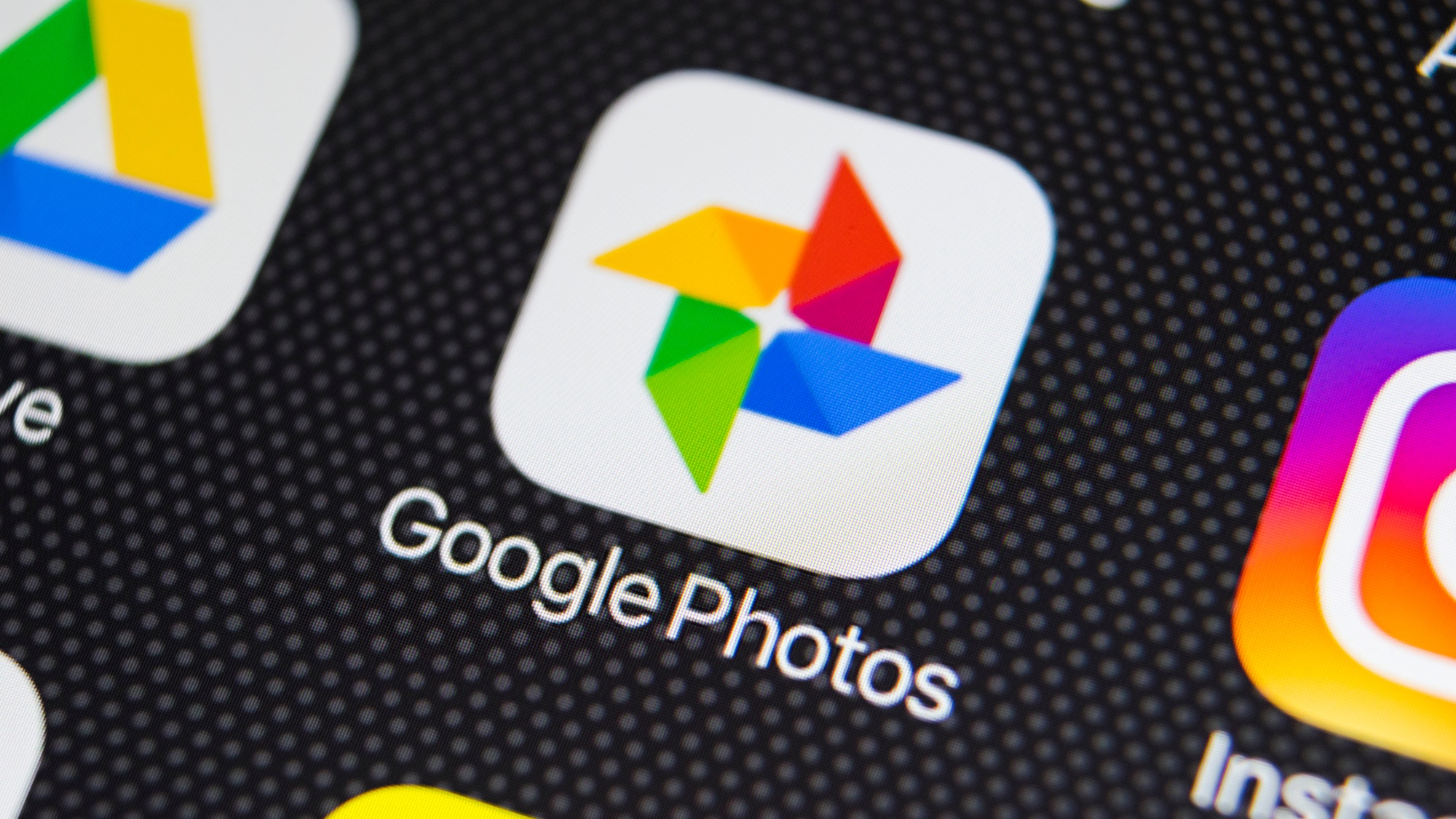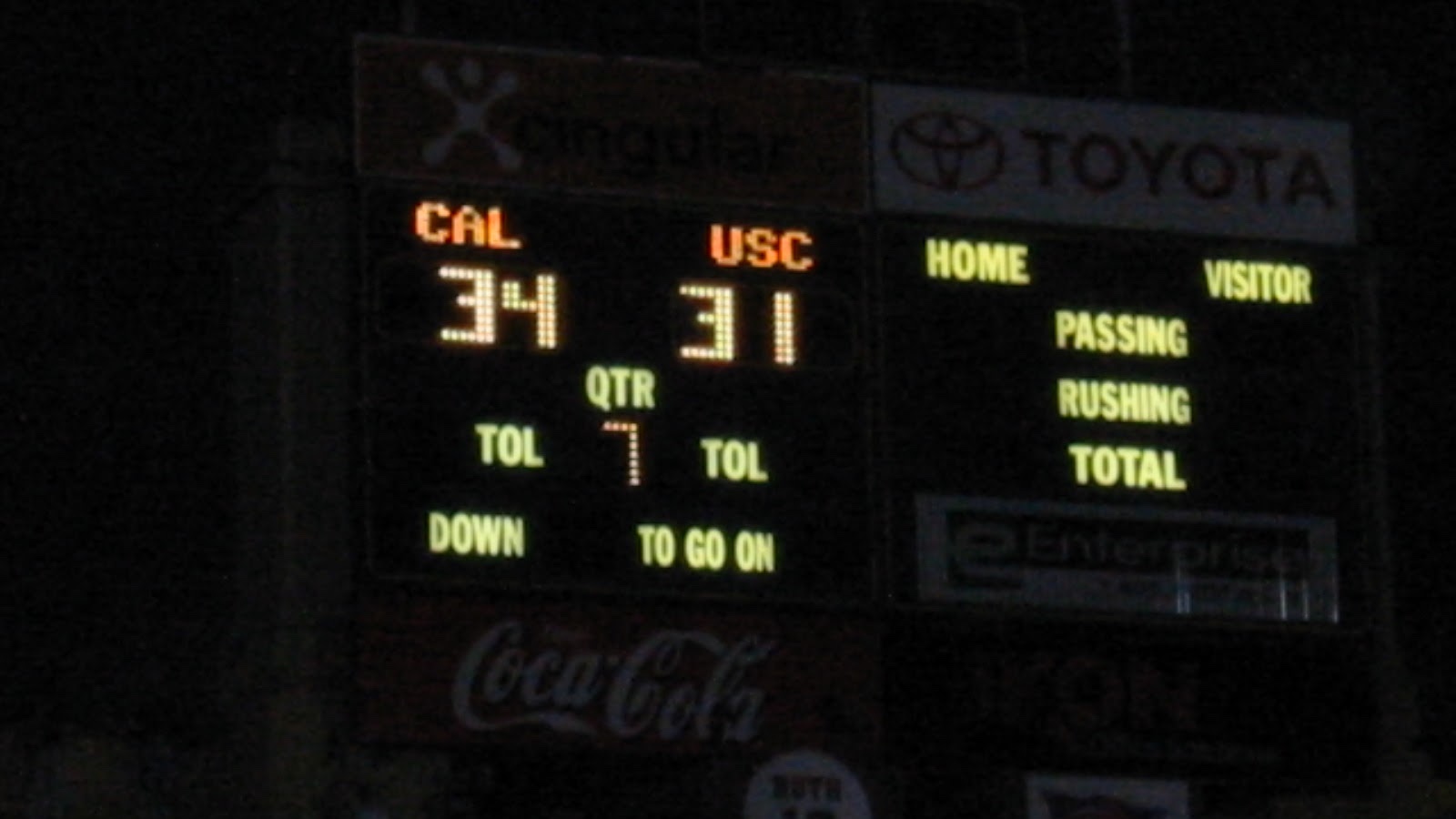I looked through my old photos — mobile photography's come a long way in 20 years
Want to appreciate today's camera phones? Look at some of the older photos you have on hand

I don't know how much time you spend looking back through your photo library. I can't say I do it very much, unless I need to go back in time to track down a very specific photo. But I've currently got Google Photos installed on my iPhone, and Google Photos is very aggressive when it comes to notifications, particularly when it comes to photos taken long ago.
It was one such notification that caught my eye — Google Photos calling out a photo I had taken 18 years ago. I'm used to having old photos surface on my iPhone — I've even set up a widget on my home screen that shows images of my daughter from my Photos library. But those images are usually a year or two old. Here was Google Photos, serving up an image that was old enough to vote.
That was when it hit me — I've been taking digital photos for two decades now. And going back through my photo library reveled not just memories of old trips and family get-togethers. It showed me how far cameras have come in the last 20 years and why today's best camera phones truly impress.
The oldest shots in my Google Photos library date back to 2002. They came from a Canon PowerShot S200, the first digital camera I ever bought. Yes, kids, back in those days, if you wanted a camera close at hand, you had to buy one separately. The Canon PowerShot S200 delivered a 2MP camera packed into a not exactly svelte 3.4 s 2.2 x 1.1-inch body that I remember not fitting into my pocket particularly comfortably. But it did the job.

Or at least, it did the job as well as a point-and-shoot camera could in 2002. The above picture of my wife and I in Kauai is decent enough, but you can really see the limits of 2002-era photography. The scene is horribly backlit — you can't make out much of the background at all. And you'd have a hard time picking us out of the shadows as well.
I can't help but wonder what advances in computational photography over the ensuing two decades might have done for that photo. I could have used something like Apple's Smart HDR, which combines different exposures to call out more detail in a shot, particularly in photos where there's a lot of contrast between light and dark areas. With more advanced photo processing, my wife and I may not looked so murky and maybe some of the background wouldn't have been so over-exposed.

On that same trip, I took a photo of the Na Pali coast from the vantage point of a heiicoptor cockpit. It's a decent-enough photo in that I capture a view you can only see from the air or sea, but the challenge of shooting through a window on a not especially clear day proved too much for a 2002-era camera. Better photo-processing aided by AI would have probably cleaned up that photo considerably.

Any older shot in my Photos library that I took at night had me immediately longing for a night mode that managed to call out more detail in low-light photos. Once again with my trusty PowerShot by my side, I captured the final score of a rare University of California win over a hated film school from down south as darkness fell on the Berkeley hills. Thank goodness for the lights on the scoreboard, because that's the only thing that allowed me to capture the moment.
The 2003-era advertisements lining the scoreboard are all but impossible to see. (A shame since that ad for the company Cingular makes me feel like there's a bright future ahead for that outfit.) A night mode might have helped out — or at least a dedicated telephoto lens with an optical zoom.
Just so that we don't pick on 20-year-old Canon point-and-shoots, let's turn our attention to some early smartphones to look at how their photographic output held up. The answer? Not very well.

This 13-year-old shot of my nephew clutching his favorite pet chicken was taken by an iPhone 3G. Yes, neither 6-year-olds nor chickens are known for their ability to hold still while uncles fumble with their smartphones, but this picture is remarkably blurry. I'm guessing whatever merits the iPhone 3G's 2MP camera brought to the table, image stabilization wasn't one of them.
The irony, of course, is that if I were viewing this photo on a Pixel 7 and not an iPhone 12, I might be able to clean it up with the help of the Tensor G2-powered Photo Unblur feature. Just for grins, let's see what happens when we try the Photo Unblur feature using a Pixel 7a.

You know what? That's a lot cleaner. And it certainly helps underscore the point that there have been a lot of advances in mobile photography over the past 20 years when even a midrange phone from 2023 can take a 2010 photo and make it look a lot better.
Spend some time looking at older images in your photo library, and you really come to appreciate what phone makers have done in the era of the smartphone. Certainly, increasing the megapixels has helped — I'm trying to imagine the reception Tim Cook would get if he unveiled an iPhone with the iPhone 3G's 2MP sensor. But wider apertures that let in more light, bigger sensors that capture more detail and optical image stabilization that steadies even the shakiest hand play a big role, too.
I don't look at those old photos in my library and despair at their quality — memories are memories and the photos I have represent the best technology I had available at the time. But I do see some of those old photos and appreciate what I have at my disposal now. It's pretty amazing what today's phone makers can squeeze into a camera phone.
More from Tom's Guide
Sign up to get the BEST of Tom's Guide direct to your inbox.
Get instant access to breaking news, the hottest reviews, great deals and helpful tips.
Philip Michaels is a Managing Editor at Tom's Guide. He's been covering personal technology since 1999 and was in the building when Steve Jobs showed off the iPhone for the first time. He's been evaluating smartphones since that first iPhone debuted in 2007, and he's been following phone carriers and smartphone plans since 2015. He has strong opinions about Apple, the Oakland Athletics, old movies and proper butchery techniques. Follow him at @PhilipMichaels.

